

Uh oh...
It appears that you're using a severely outdated version of Safari on Windows. Many features won't work correctly, and functionality can't be guaranteed. Please try viewing this website in Edge, Mozilla, Chrome, or another modern browser. Sorry for any inconvenience this may have caused!
Read More about this safari issue.

Native Arkansans and visitors alike are well aware of the beautiful, wild places along rivers, around lakes and spread across the mountains and delta landscapes of our state. But aside from some well-planned city parks, not many of us may be aware of the natural places being preserved within city limits in many of our communities. The Woolsey Wet Prairie Sanctuary in Fayetteville is one of those places.
History of the Prairie
Before settlers expanded west, tall grass prairies like those Laura Ingalls and her family rode through on their journey ranged from Manitoba in the north to the gulf coast of Texas, and east into Indiana. Today, tall grass prairies are considered by ecologists to be the rarest and most fragmented ecosystem in North America. In fact, only one percent of the original two million acres of this kind of habitat is currently intact and unplowed. That’s only 2000 acres, or 3.125 square miles.
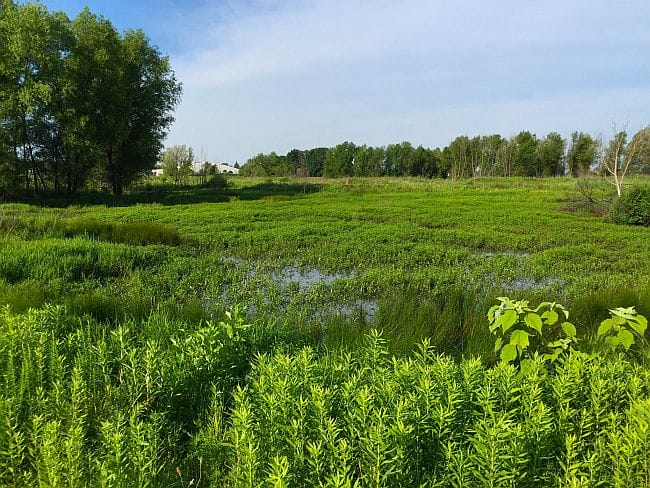
In the case of the Woolsey Wet Prairie Sanctuary, decades of degradation had occurred when the ecologists arrived to assess the property. Crop farming, cattle grazing, hay harvesting, and the placement of drainage ditches had allowed invasive plants to overtake the native species. The area was an unhappy salad of fescue, ragweed, Japanese honeysuckle, blackberry and persimmon, among others.
In a healthy, intact tall grass prairie, open grasslands are dotted with clusters of shrubs and trees, and there is a measurable difference in the species found on an upland mound vs. a wetland depression relative to the moisture content of the soil. Species of grasses that are found in natural prairie conditions include plants such as big and little bluestem, prairie cordgrass, switchgrass, perennial legumes and other prairie perennials.
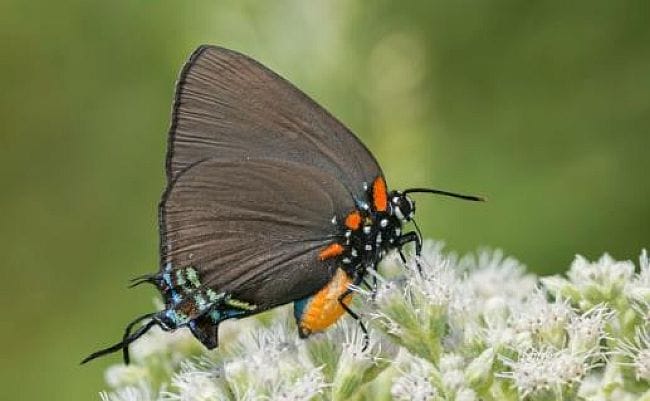
A journal written by Henry Rowe Schoolcraft about an expedition made from Missouri to the White River and Osage Creek regions of Northwest Arkansas included descriptions of the prairies in the area. At the time, the area did not feature the large hardwood forests it does today. Schoolcraft wrote:
“The prairies, which commence at the distance of a mile west of this river, are the most extensive, rich, and beautiful, of any which I have ever seen west of the Mississippi river. They are covered by a coarse wild grass, which attains so great a height that it completely hides a man on horseback riding through it. The deer and elk abound in this quarter, and the buffaloe [sic] is occasionally seen in droves upon the prairies, and in the open high-land woods.”
Bringing Back the Prairie
Construction began on the 46-acre Sanctuary in 2006 to offset the permanent alteration of 9.88 acres of wetlands chosen as the home to the city’s Wastewater Systems Improvement Project. Workers began constructing earthen berms on the site to create habitats such as meadow wetland, marsh, open water areas and forested wetlands. Expansion is planned for three more tracks of land in the future, which would bring the total land in the Sanctuary to more than 125 acres.
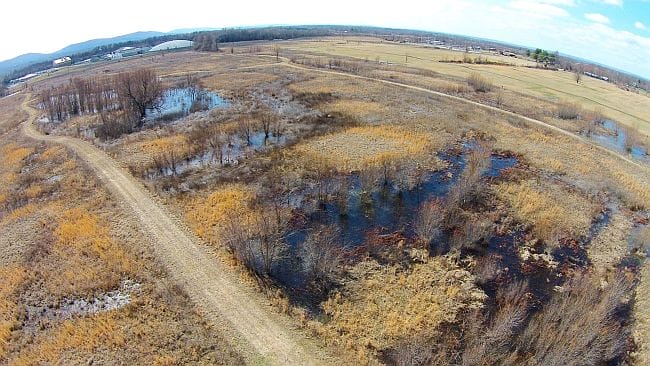
Most tall grass prairies – which were common in the area prior to the arrival of settlers in the early-to-mid 1800s – were eventually plowed under and leveled to make them easier to incorporate into modern farmlands. The Sanctuary site was ideal for restoration, even after years of playing host to a herd of cattle, because upland prairie mounds were still intact. The mounds naturally created depressed areas between them, allowing water to form seasonal ponds and wetlands.
Restoration of the land occupied by the Sanctuary has been done via a process called “adaptive management”. Some of the techniques used are the preservation of the mounds and depressions, construction of earthen berms to help offset man-made drainage ditches and the construction of adjacent roads, seeding of native vegetation, herbicides, and controlled burns used to simulate pre-settlement natural environmental conditions. Adaptive management requires each technique to be implemented and then reviewed before employing the next, thereby allowing researchers and managers to understand the impact of each.
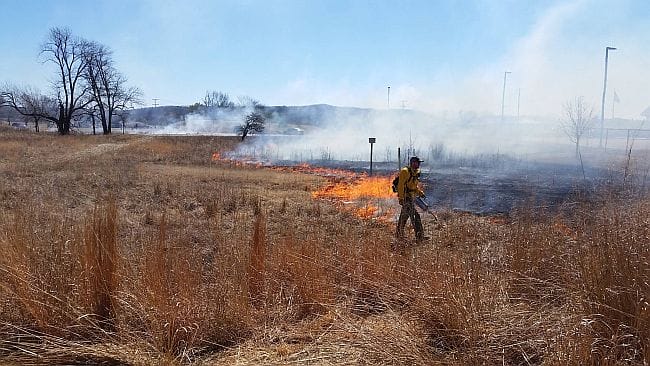
Wildlife Spotting
The Sanctuary has attracted amateur and professional birders and wildlife enthusiasts for years. Every year more species are being spotted making a home or just stopping to stretch their legs on their journeys elsewhere. The list of birds recorded include names you probably recognize, as well as a good number you may not, like American and Least Bittern, the Sedge and Marsh Wrens, Lapland Longspur, and Black-bellied Whistling Duck. In fact, in 2011 the state’s first observation of a Brewer’s Sparrow was made on the property.
Some species such as the Greater Prairie Chicken, which was common in the open grasslands of the western Arkansas Ozarks, will never return. But protection of those still making their home in the Ozarks is a chief concern of the managers of the Sanctuary.

Reptiles, amphibians and other animal species are also increasing by leaps and bounds, as are native plants. Between the first year of observation of the site in 2001 and 2013, the number of unique plant species found within the Sanctuary has increased from 47 to 431!
The tedious efforts of restoring the site have paid off in recognition. In 2011, the National Wildlife Federation certified the Woolsey Wet Prairie Sanctuary as a National Wildlife Habitat. Two years later, in 2013, the site was recognized by Audubon Arkansas, the state office of the National Audubon Society, as an Important Bird Area (IBA), the 32nd in the state. This designation labels the Sanctuary as a site important to sustaining birds of conservation concern. The other IBAs in Arkansas can be found on the Audubon website.
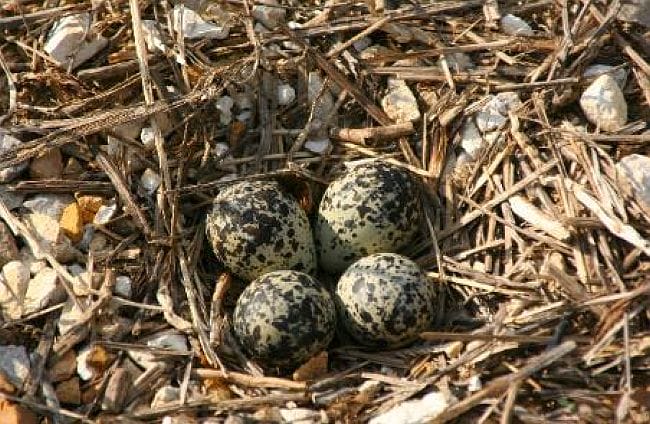
Bring Your Binoculars and Boots
If you’d like to visit Woolsey Wet Prairie Sanctuary, are curious about more history of the site, or want to see some aerial maps, visit the website hosted by the firm that has managed the restoration, Environmental Consulting Operations, Inc. It is suggested that you wear boots you don’t mind getting wet, but the pathways along the berms are easily accessed to walk. Maybe tuck a copy of Little House on the Prairie in your bag as well, if you’re sentimental.
Photo credits: EcoArkansas.com, Joe Neal, Bruce Shackleford, Woolsey Wet Prairie Sanctuary
Header image by Jeff Hickle
We do the work.
You check your email.
Sign up for our weekly e-news.
Get stories sent straight to your inbox!
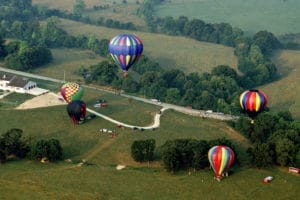









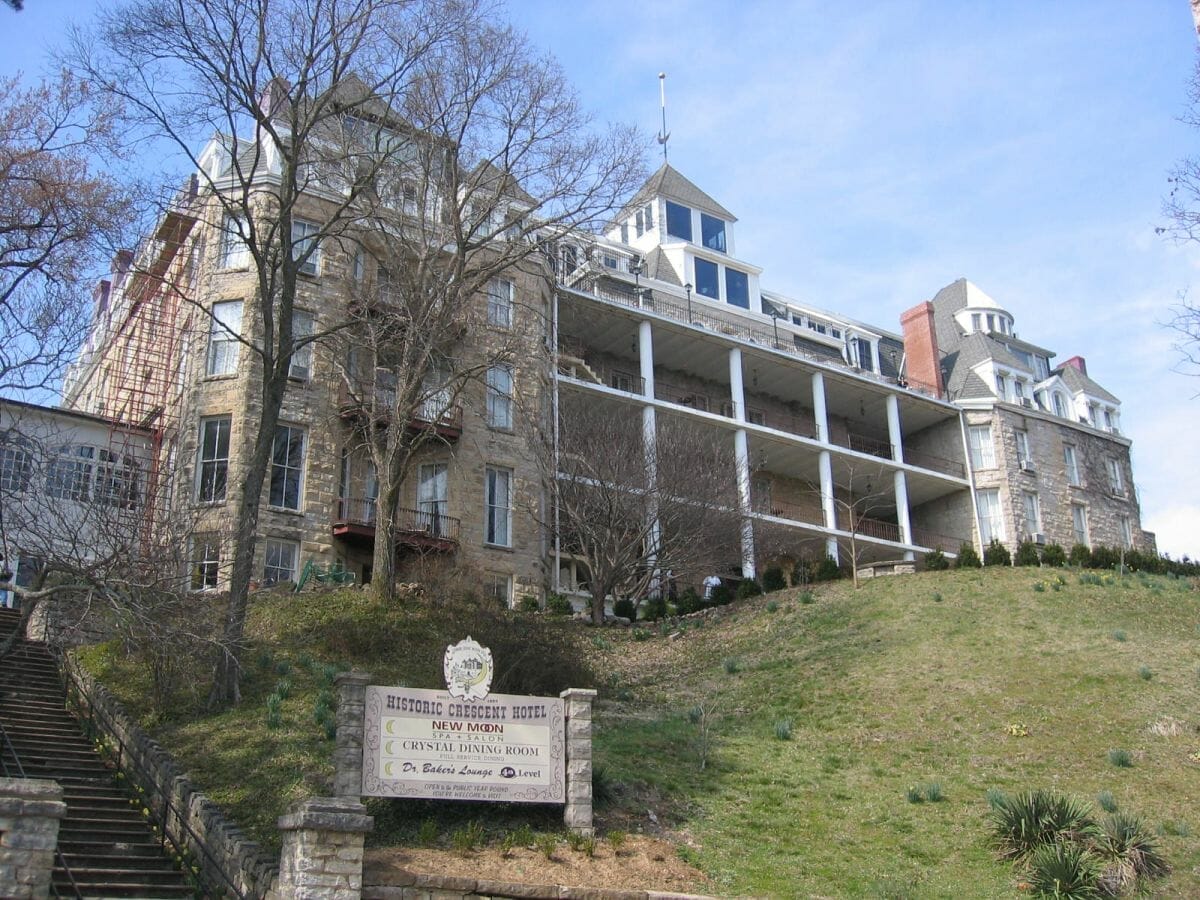
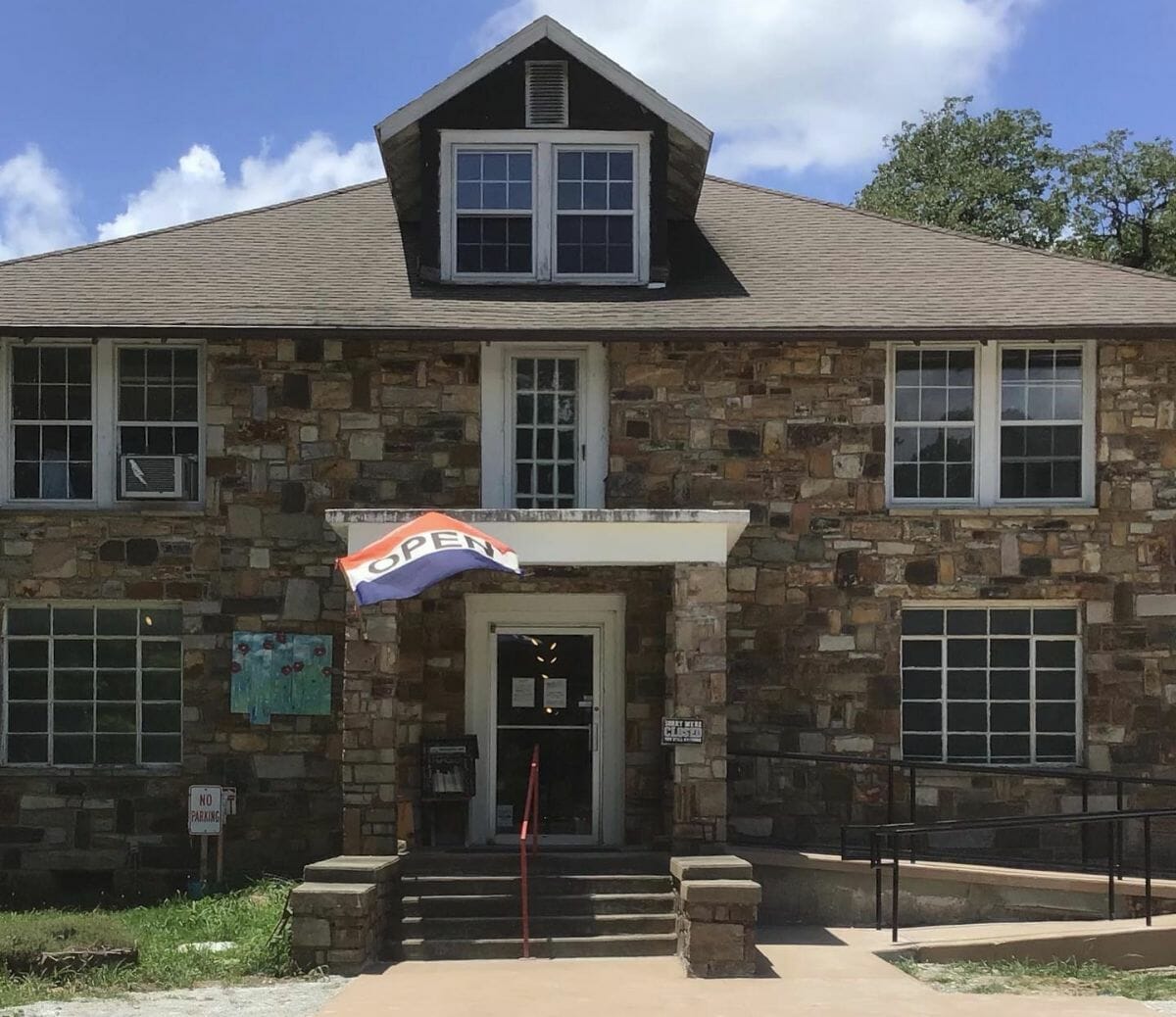
 Leave a Reply
Leave a Reply
[…] Woolsey Wet Prairie Sanctuary On the west side of Fayetteville adjacent to a wastewater treatment plant, Woolsey is one of the most diverse places in the state with over 500 species representing threatened and vanishing North American habitat: wetland prairie. […]